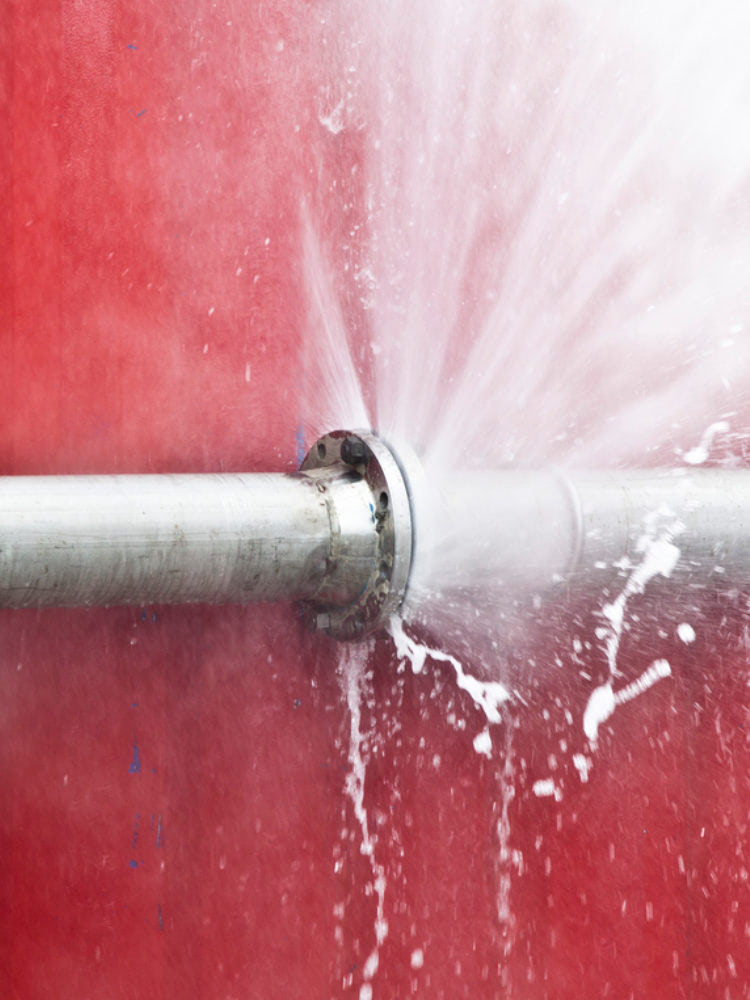Reveal Typical Roots of Leak Problems Within The House
Reveal Typical Roots of Leak Problems Within The House
Blog Article
Every person maintains their private views on the subject of Top Causes of Home Water Leaks.

Leaks not only create waste of water yet can additionally cause unnecessary damage to your home and also promote undesirable organic development. By recognizing as well as looking for everyday situations that create leakages, you can protect your home from future leakages and unnecessary damage.
Intruding roots
Most water leaks start outside your house rather than inside it. If you discover an abrupt decline in water pressure, say in your faucet, require time to head out as well as analyze your backyard. You could discover wet patches or sinkholes in your backyard, which could imply that tree roots are invading water lines causing water to leak out. You can have your plumber look for intrusion, particularly if you have trees or hedges near your building.
Rusty water supply
As time goes by, your plumbing system ages and rust such as corrosion might start eating away the pipelines. This may be the cause of staining or bending on your water pipes. This requires an examination with your plumber instantly. Consider changing the pipes because they are at a greater danger of corrosion than the more recent models if our plumbing system is old.
Malfunctioning Pipeline Joints
Pipe joints can deteriorate over time, resulting in water leakages. If you have loud pipelines that make ticking or banging noises, especially when the warm water is transformed on, your pipe joints are probably under a lot of stress.
Immediate temperature adjustments.
Severe temperature adjustments in our pipelines can trigger them to increase and acquire unexpectedly. This growth and also contraction may trigger fractures in the pipelines, specifically if the temperature level are listed below cold.
Poor Water Connectors
At times, a leakage can be triggered by loosened pipes and pipes that provide your appliances. In instance of a water connections leakage, you might discover water running straight from the supply line or pools around your home appliances.
Clogged Drains
Blocked drains pipes could be annoying and inconveniencing, yet they can sometimes wind up creating an overflow causing rupture pipes. Maintain getting rid of any kind of products that might go down your drains that might block them to prevent such aggravations.
All the above are reasons for leakages but not all water leaks result from plumbing leakages; some leakages may originate from roofing leaks. All leaks should be fixed immediately to avoid water damages.
Leaks not only create waste of water yet can likewise cause unneeded damage to your home and also promote unwanted natural growth. By recognizing as well as looking for daily scenarios that create leaks, you can shield your house from future leakages and unneeded damage. Today, we will look at 6 leak creates that may be triggering your pipelines to drip.
At times, a leak can be created by loose hose pipes and pipelines that provide your home appliances. In situation of a water links leakage, you might discover water running directly from the supply line or puddles around your devices.
How To Check For Water Leak In Your Home
How To Check for Leaks
The average household's leaks can account for nearly 10,000 gallons of water wasted every year and ten percent of homes have leaks that waste 90 gallons or more per day. Common types of leaks found in the home are worn toilet flappers, dripping faucets, and other leaking valves. These types of leaks are often easy to fix, requiring only a few tools and hardware that can pay for themselves in water savings. Fixing easily corrected household water leaks can save homeowners about 10 percent on their water bills.
To check for leaks in your home, you first need to determine whether you're wasting water and then identify the source of the leak. Here are some tips for finding leaks:
Take a look at your water usage during a colder month, such as January or February. If a family of four exceeds 12,000 gallons per month, there are serious leaks.
Check your water meter before and after a two-hour period when no water is being used. If the meter changes at all, you probably have a leak.
Identify toilet leaks by placing a drop of food coloring in the toilet tank. If any color shows up in the bowl after 10 minutes, you have a leak. (Be sure to flush immediately after the experiment to avoid staining the tank.)
Examine faucet gaskets and pipe fittings for any water on the outside of the pipe to check for surface leaks.
Undetected water leaks can happen without the home or business owner even realizing. If you suspect a water leak, but not able to find the source. It is time to contact a professional water leak detection service, The Leak Doctor.
How To Find a Water Leak In Your Home
https://www.leakdoctor.com/blog/How-To-Check-For-Water-Leak-In-Your-Home_AE197.html

I stumbled upon that piece of writing about How to Find Water Leaks while browsing the internet. Those who enjoyed reading our article please do not forget to share it. Kudos for your time. Come back soon.
Get relief now! Report this page